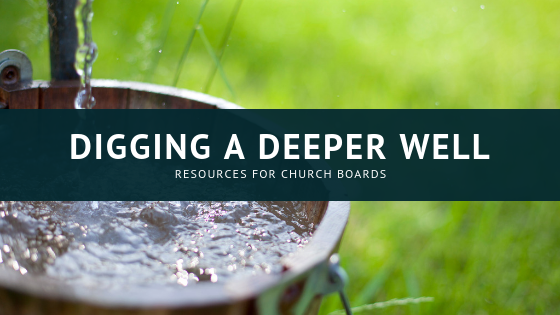Plans have carefully been crafted for Lenten observances and grand Easter plans.
And then.
And then there is a death in your congregation that touches everyone.
Or a tragedy in your town that renders all the plans to be nothing more than an afterthought.
Or a global anguish that captures everyone’s attention to the exclusion of all else.
And then what?
While we may not want to invite suffering into our common life, it inevitably shows up. How does your board attend to this uninvited guest? Where do you place suffering in the life and work of your congregation?
Two texts, one poetic and the other scriptural, offer starting points for conversation on this fundamental question.
First, W.H. Auden’s poem, Musee des Beaux Arts, considers the place of suffering in the landscapes of ‘old Masters’ like Bruegel, whose painting “The Fall of Icarus” appears below.
Musee des Beaux Arts
W. H. Auden
About suffering they were never wrong,
The old Masters: how well they understood
Its human position: how it takes place
While someone else is eating or opening a window or just walking dully along;
How, when the aged are reverently, passionately waiting
For the miraculous birth, there always must be
Children who did not specially want it to happen, skating
On a pond at the edge of the wood:
They never forgot
That even the dreadful martyrdom must run its course
Anyhow in a corner, some untidy spot
Where the dogs go on with their doggy life and the torturer’s horse
Scratches its innocent behind on a tree.
In Bruegel’s Icarus, for instance: how everything turns away
Quite leisurely from the disaster; the ploughman may
Have heard the splash, the forsaken cry,
But for him it was not an important failure; the sun shone
As it had to on the white legs disappearing into the green
Water, and the expensive delicate ship that must have seen
Something amazing, a boy falling out of the sky,
Had somewhere to get to and sailed calmly on.
Reflection Questions:
- What lines especially stand out to you in this poem (and/or, what elements stand out to you in the Bruegel painting)?
- What is it the Old Masters understood, according to the poet? Why must suffering take place “in a corner, some untidy spot?”
- Is the ‘human position’ of suffering the same today? Where is it in our current landscape?
- How does an understanding of suffering shape or impact our own congregation? As congregational leaders in particular, are we the Old Masters observing the scene…the aged waiting reverently…the children skating…the indifferent dog or innocent horse?
****
Auden’s poem stands in contrast to the words of Paul in Romans:
3 And not only that, but we[a] also boast in our sufferings, knowing that suffering produces endurance, 4 and endurance produces character, and character produces hope, 5 and hope does not disappoint us, because God’s love has been poured into our hearts through the Holy Spirit that has been given to us. (Romans 5:3-5)
Reflection Questions:
- What are points of suffering, endurance, character, and hope in your congregation’s life right now?
- Are there places where that chain – suffering to endurance to character to hope – seems to be frayed or broken in how your church faces the world at this time? If so, as a church board how are you addressing that?









No Comments